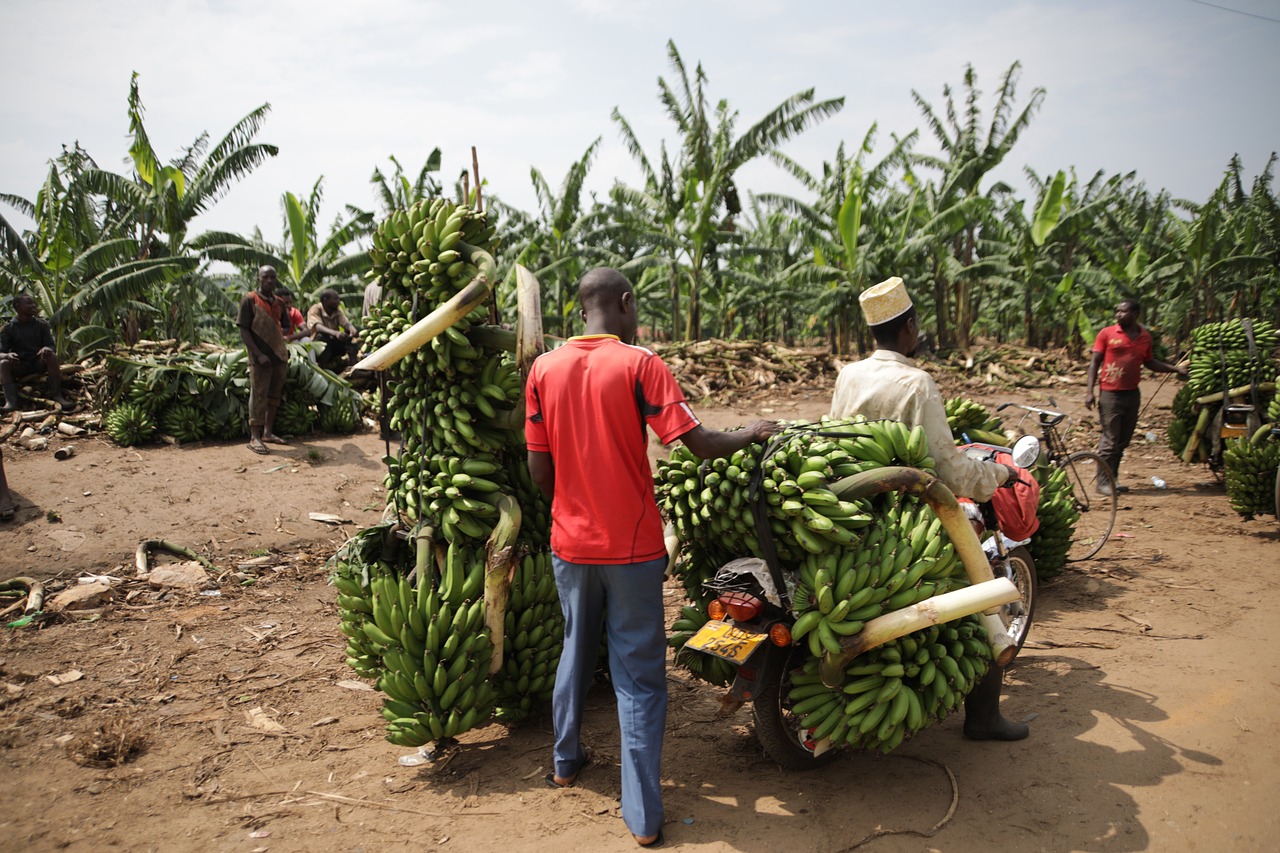Have you ever found yourself peeling a banana for breakfast and wondered about its journey? How did this tropical fruit, native to the dense jungles of Southeast Asia, end up in your kitchen? It’s an intriguing tale of evolution, migration, and cultivation. Let’s embark on a journey tracing the origin of bananas and their transformation into the world’s most popular fruit.
#1: The Wild Beginnings: Seeds of Evolution
The story begins in the wild jungles of Southeast Asia, Malaysia to be exact but it was farmed in Papua New Guinea. This was where bananas first originated around 10,000 years ago. Unlike the seedless variety we enjoy today, these early bananas were small and packed with hard seeds. They were far from appetizing but played a crucial role in our ancestors’ survival.
#2: The Human Touch: Domestication and Cultivation
Around 7,000 years ago, humans began cultivating bananas. By selecting plants with fewer seeds for propagation, they gradually transformed this wild jungle fruit into a more palatable version. This was one of the earliest examples of plant domestication – a testament to human ingenuity!
#3: The Great Migration: Bananas Go Global
The cultivation of bananas remained confined to Southeast Asia until around 500 BC when traders and travelers began carrying them to Africa. Here, they quickly became a staple food crop. Arab merchants further spread bananas along the trade routes to the Middle East.
#4: The New World Discovery: Bananas Meet America
It wasn’t until the 15th century that bananas made their way to America via Portuguese sailors who brought them from West Africa. However, it took another four centuries before bananas became widely available in North America because of difficulties in transportation and preservation.
#5: The Rise of Banana Republics
In the late 19th century, American companies like United Fruit Company started large-scale banana plantations in Central America. This period, often referred to as the era of ‘Banana Republics,’ marked a significant turning point in the banana’s journey. It transformed bananas from an exotic luxury to an everyday staple.
#6: The Cavendish Era: Survival of the Fittest
In the 1950s, a deadly fungus wiped out the Gros Michel variety, which was then the most popular banana type. The industry turned to the Cavendish variety, which was resistant to this disease. Today, almost all bananas consumed worldwide are Cavendish.
#7: The Future of Bananas: Facing New Threats
Today, bananas face a new threat in the form of Panama Disease, which is affecting Cavendish plantations worldwide. Scientists are now working on developing new varieties that can withstand this disease and confirm that bananas continue to grace our breakfast tables.
The journey of bananas from wild jungle fruit to our kitchen tables is a fascinating tale of evolution and human intervention. It’s a testament to how far we’ve come in shaping our food environment and a reminder of how much we stand to lose if we don’t protect it.
So next time you enjoy a banana, take a moment to appreciate its incredible journey!

